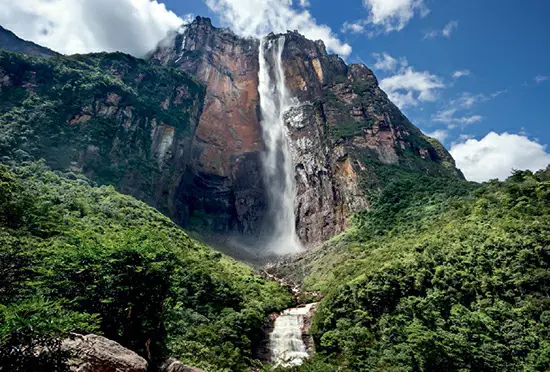The discovery of Angel Falls, the world’s tallest waterfall, is a remarkable example of the intersection between aviation and exploration in the early 20th century. As aviation became more prevalent in the 1920s and 1930s, it revolutionized scientific, archaeological, and geological expeditions, particularly in remote areas. This era saw the use of airplanes for transportation, aerial photography, and surveying, greatly aiding in the exploration and mapping of uncharted territories.
American pilot Jimmie Angel, a veteran of World War I, played a pivotal role in exploring the Gran Sabana region of southeastern Venezuela. On November 18, 1933, while flying over the region in search of ore deposits, Angel encountered a breathtaking waterfall cascading from the Auyántepui mesa. Although the indigenous Pemón people had long known about the falls, Angel’s flight marked its introduction to the wider world. In honor of his discovery, the falls were named Angel Falls (Salto del Ángel).
Angel’s subsequent adventures and the stunning visuals of the falls captured the imagination of both the scientific community and the public. This increased interest led to the Venezuelan government establishing Canaima National Park in 1962 to preserve the unique landscape and ecological diversity of Angel Falls and its surroundings. Today, Canaima is the sixth-largest national park globally, with Angel Falls being a major tourist attraction in Venezuela.

